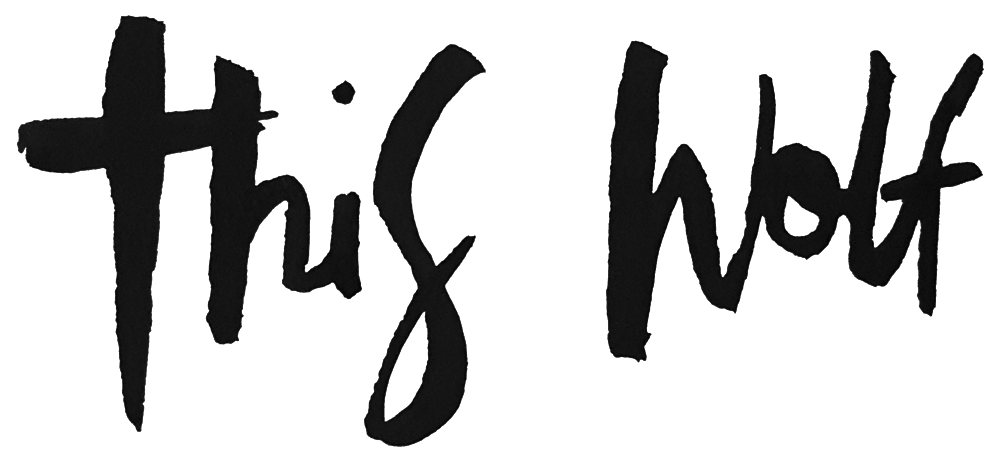This is evidence of my coolest moment. Global Hypercolor T-shirt, oversized for extra kudos.
We need to talk. No, don’t worry it isn’t about your overuse of the word ‘game-changing’ or your tendency to equate innovation to what you just read in Wired magazine. We need to talk about us. Not a me and you thing, don’t worry about that – we’re solid.
It’s about the kids.
More to the point it is about the future of our industry, our agencies and the role we play in the creative industry. Look there is no easy way of saying this but I think I need to remind you of something. It’s been said before* and by much better people than me but we’ve forgotten.
Okay, I’ll just say it. We’re not cool. There I said it. Don’t worry I’m one of you too. I work in the industry, an industry I’m proud to call home but I’m just as uncool as you are. You might be sitting there drinking your Soy Chai latte and thinking “whatevs, I’m totes cool #Amazeballs” but it’s an important message, one that I think needs an explanation.
The advertising industry produces amazing, witty, clever and frankly sometimes breath taking communications and ideas. We make things that can be cool but that doesn’t make the industry that puts it out inherently cool itself. In our long relationship with the outside world we’ve gone from Madmen, cheeky heroes through to gurus of Marcoms. We’ve felt powerful, we’ve seen the impact and good our industry can do. We’ve let it wash over us, soak us in our own importance and for a while, that was all that was needed.
The brightest and best, the smart and crafty came flocking to us. Follow us, and be shaped to become the stars and darlings of our industry.
Cool by its very nature is ever changing. Cool ages quickly and is replaced by its younger brother ‘cooler’. Only we didn’t change, we still waited for all the best and brightest to come to us, to bash down our doors and join our great industry.
Only now the diverse, weird and wonderful creators of tomorrow chase a different type of cool. They chase down tech companies, start ups and go it alone. Cool is changing at a pace that even I, a fabled millennial, actually have no idea what’s cool.
So that means we need to change to bring in the type of people that can continue to push this industry forward. Let’s be honest, we’ve been lucky. Damn lucky that all the juniors and young creatives that are with us now are here at all. They’re here not because of what our industry is, they’re here despite it. They’ve pushed past our flaws and seen the good in what we can do together. For that I’m truly and utterly grateful for ever junior that steps through the doors. To every young creative, I can’t thank you enough. You make this industry we share amazing.
As a whole though, this industry needs to stop expected to be chased. We need to do some chasing of our own. No, recruiters chasing for us doesn’t count. The odd chat at a university or creative club doesn’t either. We will have to go out there and start finding the creators where they create. Follow their blogs, read their writing, see their short films, listen to their ideas. Then we need to remind them the power of creative advertising, the good it can do not just for brands but for people too. Finding them will be hard but selling to them what we do, that should be the easy bit. We’re ad folk after all.
Then we can fill our offices with creators, makers and collaborators. The real game-changers and the people not just reading Wired but the people who could very well feature in the pages themselves.
It won’t make us cool, we’ve learnt that lesson but together we’ll make some of the smartest, funniest, clever and beautiful advertising that we’ve ever seen this industry make. It’ll be exciting and some of the best work of your career. I promise.
So start together, go high-five and fist bump** your junior members of staff, rejoice that they’ve accepted our kirks and dad-at-the-disco moves and celebrate what’s coming next.
*“Don’t tell my mother I’m in advertising – she thinks I play the piano in a brothel” - Jacques Seguela
**See told you I’m not cool.


